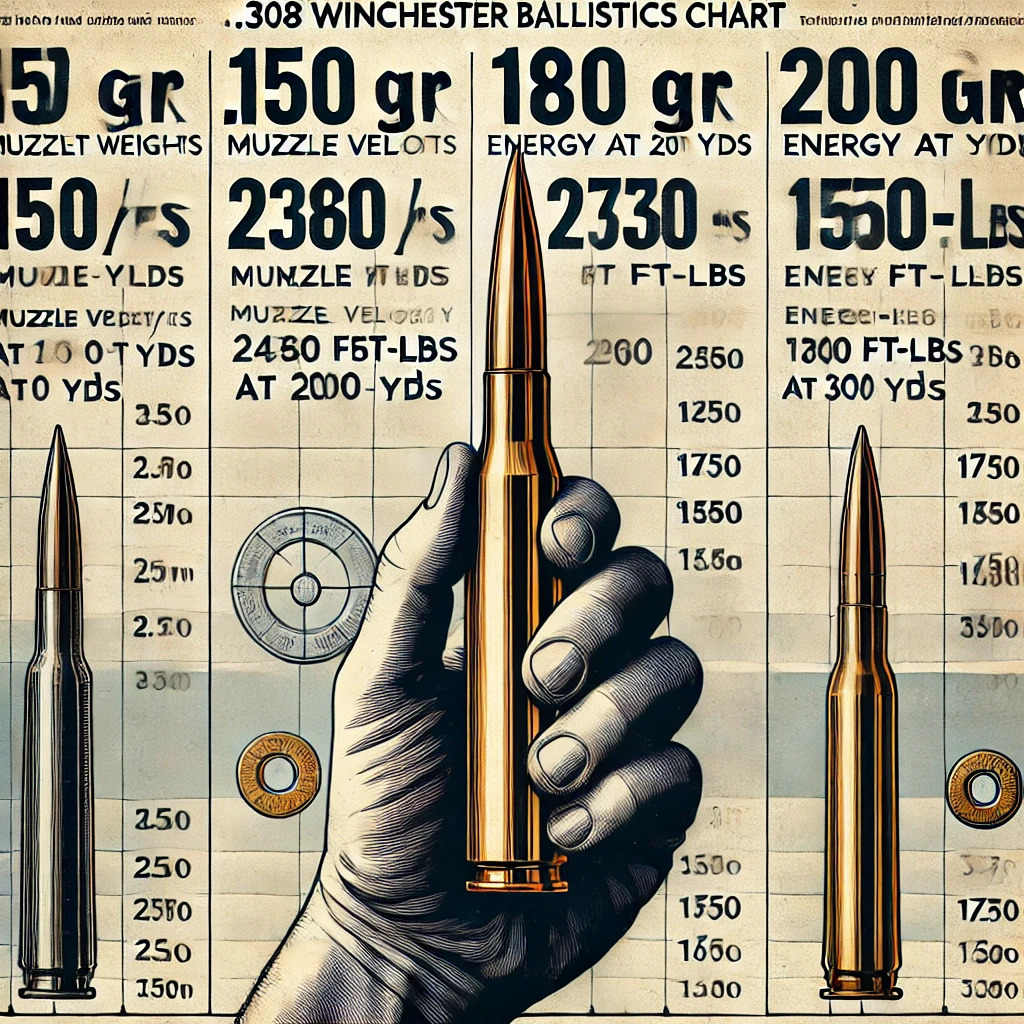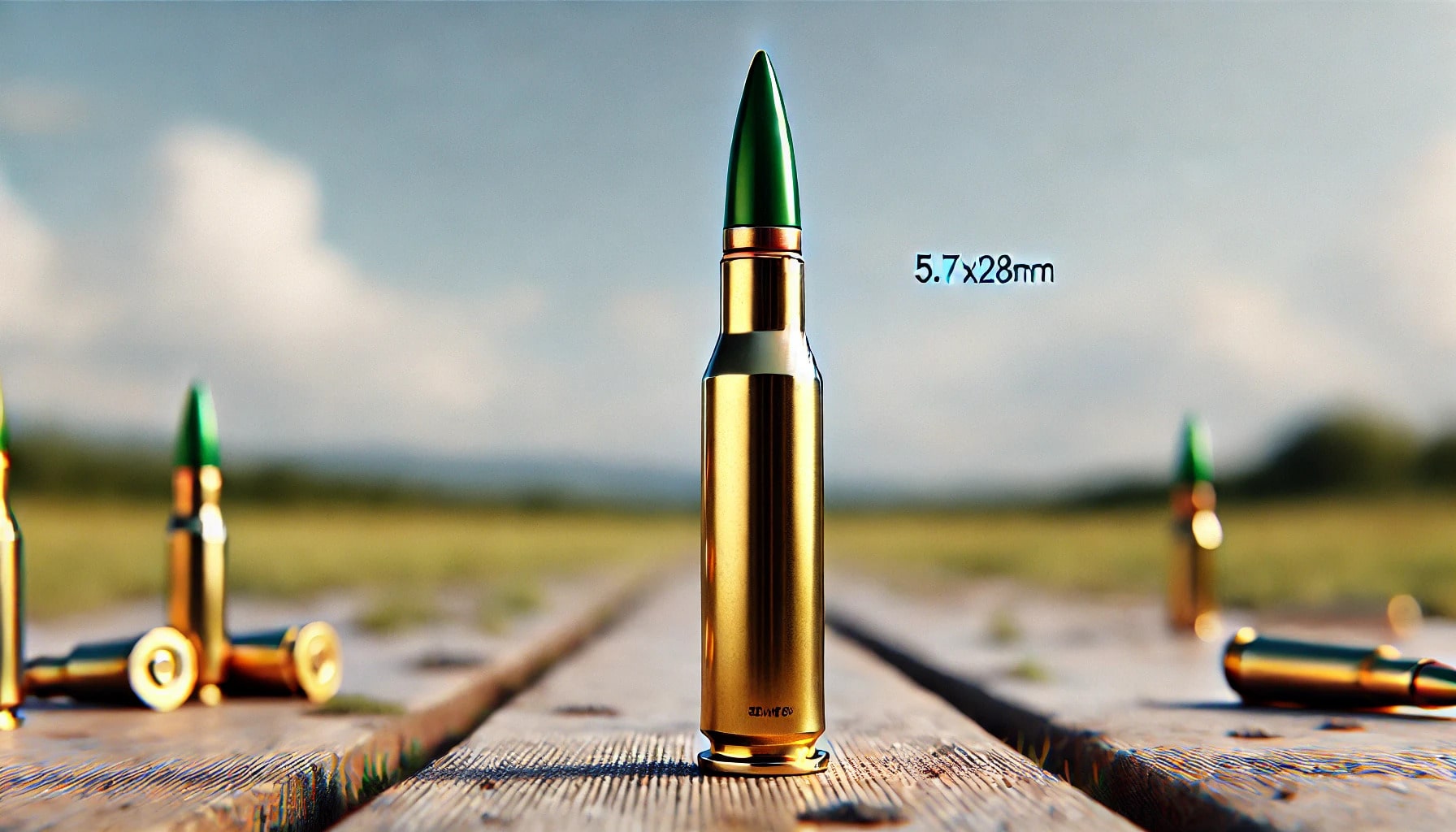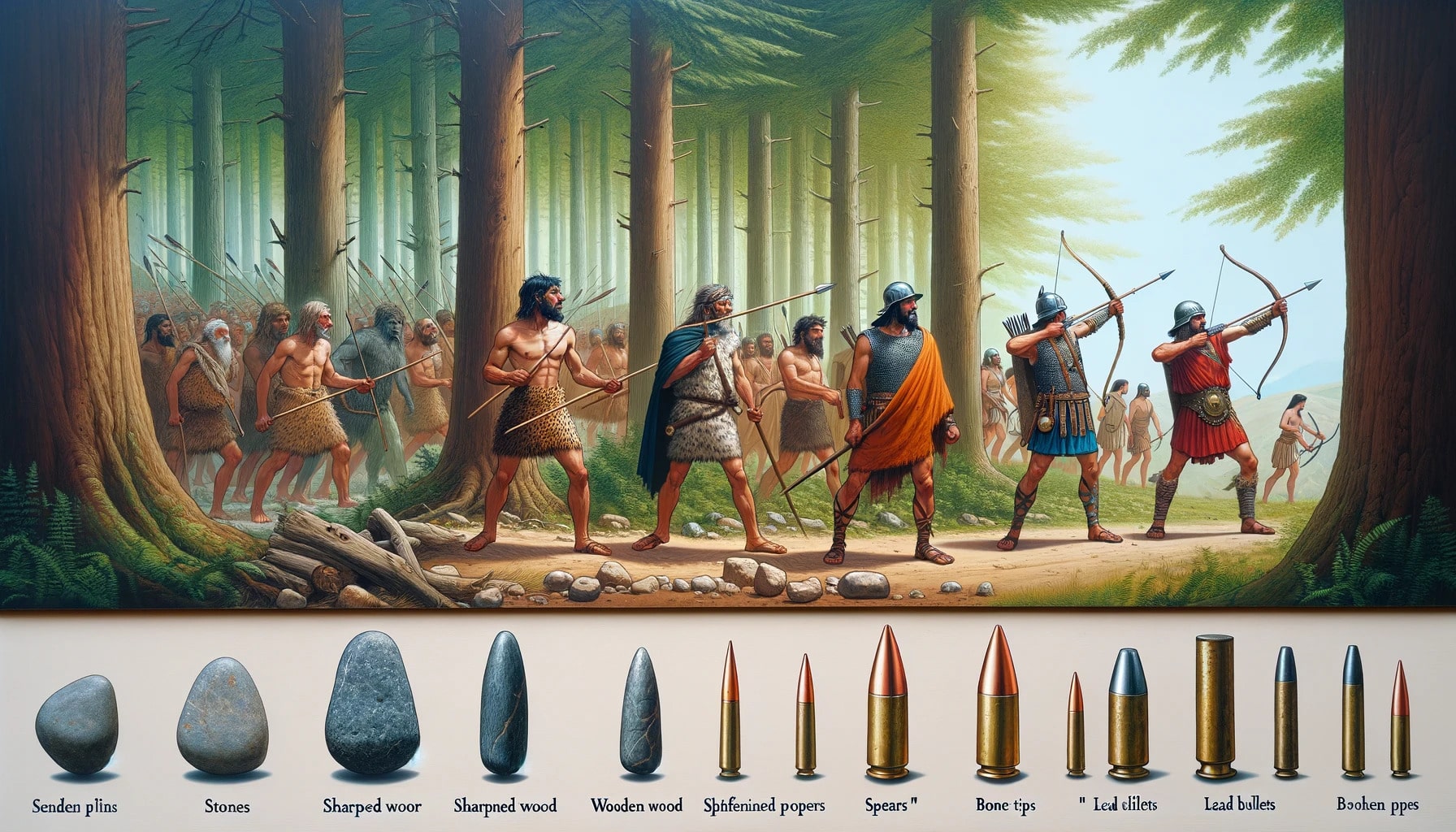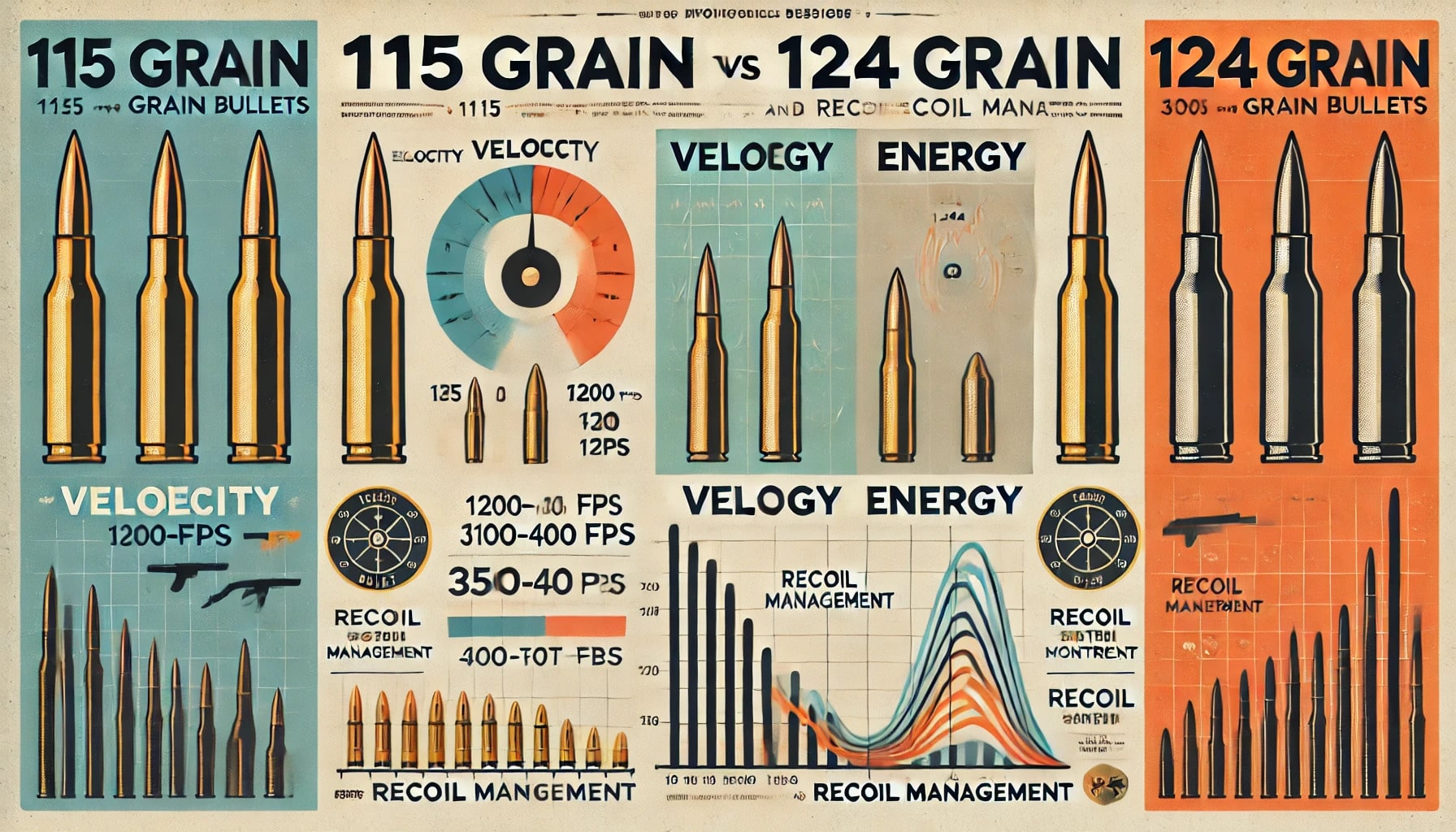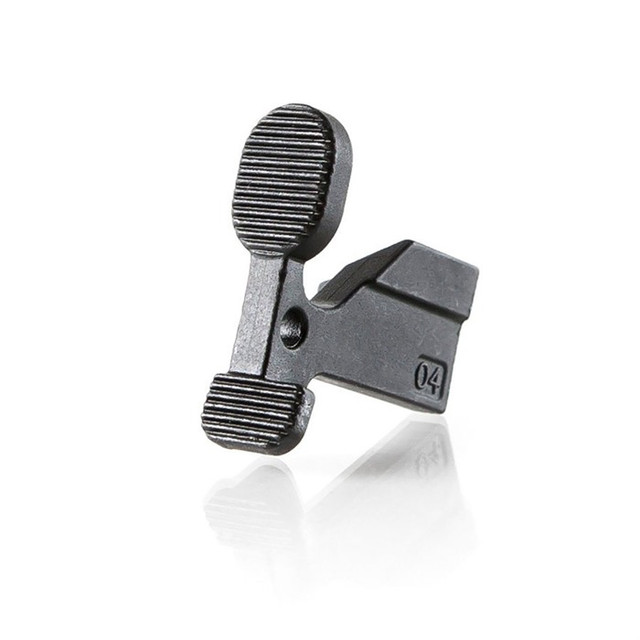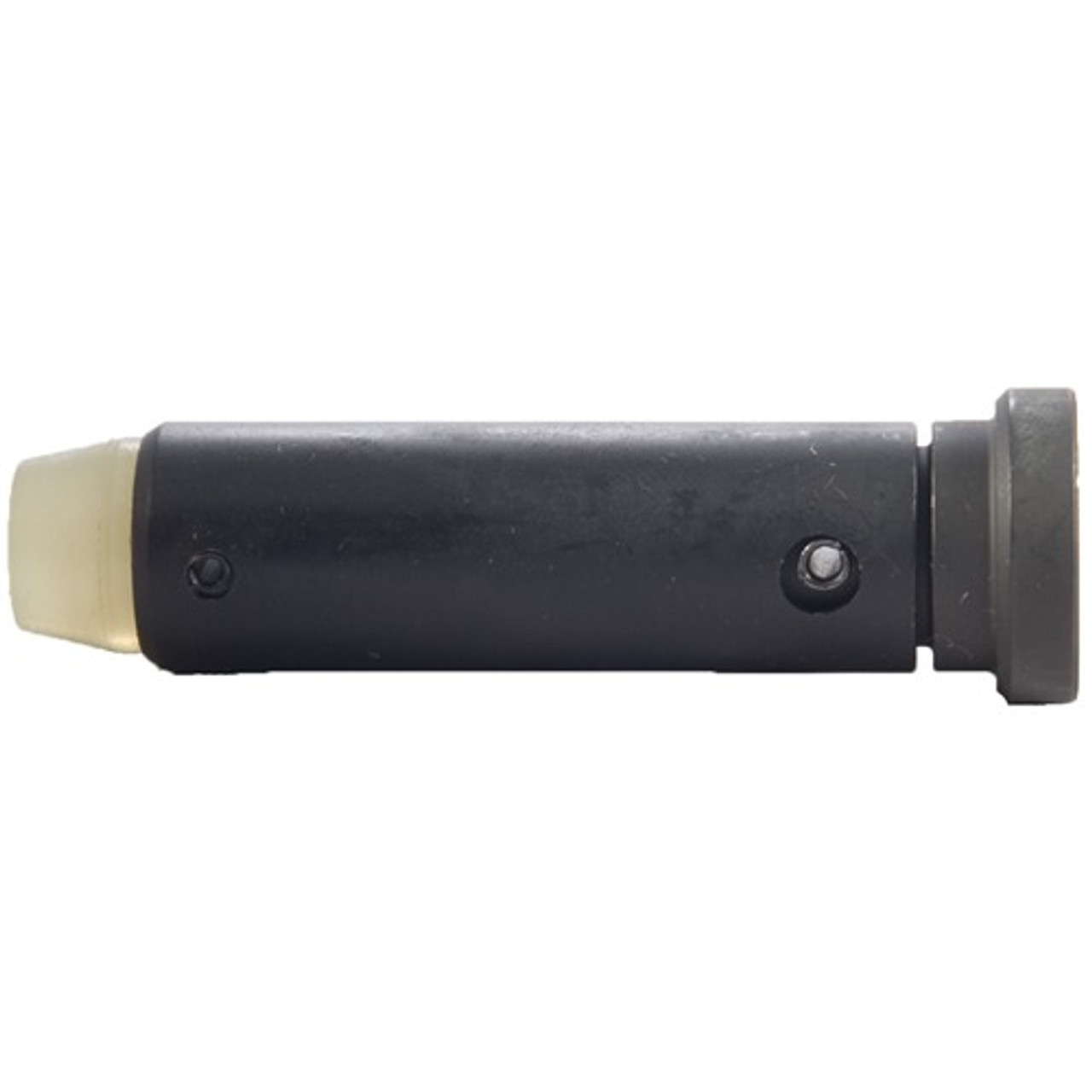When selecting a rifle caliber, understanding the differences between the 6.5 Creedmoor and .308 Winchester can be crucial for making an informed decision. Both calibers are popular among hunters, competitive shooters, and military professionals, but they serve different purposes and offer distinct advantages. This comprehensive analysis will compare the 6.5 Creedmoor and .308 Winchester in terms of ballistic performance, applications, and other key factors to help you choose the right caliber for your needs.
1. Overview of Calibers
a. 6.5 Creedmoor
- Introduction: Developed by Hornady in 2007, the 6.5 Creedmoor was designed to provide superior accuracy and long-range performance with minimal recoil.
- Case Dimensions: The cartridge has a case length of 51.2 mm (2.02 inches) and a base diameter of 29.9 mm (1.18 inches).
- Bullet Diameter: The bullet diameter is 6.71 mm (0.264 inches).
b. .308 Winchester
- Introduction: Introduced in 1952, the .308 Winchester is a versatile and widely used caliber known for its balance of power and accuracy.
- Case Dimensions: The cartridge has a case length of 51.18 mm (2.015 inches) and a base diameter of 30.6 mm (1.204 inches).
- Bullet Diameter: The bullet diameter is 7.82 mm (0.308 inches).
2. Ballistic Performance Comparison
a. 6.5 Creedmoor Ballistics
- Muzzle Velocity: Typically ranges from 2,700 to 2,800 fps (feet per second) with a 140-grain bullet.
- Muzzle Energy: Approximately 2,400 to 2,500 ft-lbs (foot-pounds).
- Effective Range: Effective up to 1,200 yards, with superior accuracy and minimal bullet drop compared to many other calibers.
- Bullet Drop: The 6.5 Creedmoor exhibits a flatter trajectory due to its high ballistic coefficient, reducing drop over long distances.
- Recoil: Generally lighter than the .308 Winchester, making it easier to manage and improving follow-up shot accuracy.
b. .308 Winchester Ballistics
- Muzzle Velocity: Typically ranges from 2,600 to 2,800 fps with a 150-grain bullet.
- Muzzle Energy: Approximately 2,700 to 2,800 ft-lbs.
- Effective Range: Effective up to 800 to 1,000 yards, with reliable performance for medium to long-range shooting.
- Bullet Drop: The .308 Winchester has a more pronounced bullet drop compared to the 6.5 Creedmoor, requiring more adjustments for long-range accuracy.
- Recoil: Slightly heavier recoil compared to the 6.5 Creedmoor, which can impact rapid follow-up shots.
3. Accuracy and Precision
a. 6.5 Creedmoor
- Accuracy: Known for its exceptional accuracy at long ranges, the 6.5 Creedmoor has a high ballistic coefficient that helps maintain velocity and trajectory over distance.
- Precision Shooting: Its low recoil and flat trajectory make it a preferred choice for precision rifle competitions and long-range shooting.
b. .308 Winchester
- Accuracy: While accurate, the .308 Winchester typically experiences more bullet drop and wind drift compared to the 6.5 Creedmoor. However, it remains a reliable choice for most shooting applications.
- Versatility: The .308 Winchester is widely used in both military and civilian contexts, offering good accuracy at medium to long ranges.
4. Applications and Use Cases
a. 6.5 Creedmoor
- Hunting: Excellent for hunting medium to large game, including deer and elk, due to its high energy and accuracy at extended ranges.
- Competitive Shooting: Favored in long-range shooting competitions for its precision and minimal recoil.
- Tactical Use: Increasingly used by military and law enforcement for precision rifle engagements.
b. .308 Winchester
- Hunting: Suitable for hunting large game like deer, bear, and hogs. Its proven performance and stopping power make it a popular choice among hunters.
- Military and Law Enforcement: Widely used in military and law enforcement rifles, including sniper rifles and battle rifles.
- Sport Shooting: Used in various shooting disciplines, including high-power rifle competitions and practical shooting events.
5. Cost and Availability
a. 6.5 Creedmoor
- Ammunition Cost: Generally more expensive than .308 Winchester ammunition, though prices have been decreasing as popularity increases.
- Availability: Becoming more widely available but may still be less common than .308 Winchester in some areas.
b. .308 Winchester
- Ammunition Cost: Typically less expensive than 6.5 Creedmoor ammunition, making it more cost-effective for high-volume shooting.
- Availability: Widely available and used in many different rifle models, ensuring a broad selection of ammunition types and brands.
6. Conclusion
The choice between 6.5 Creedmoor and .308 Winchester ultimately depends on your specific needs and preferences.
- 6.5 Creedmoor excels in long-range accuracy, flat trajectory, and manageable recoil, making it ideal for precision shooting and extended-range hunting.
- .308 Winchester offers proven reliability, versatility, and lower ammunition costs, making it a solid choice for hunting, tactical use, and general shooting applications.
Understanding these differences will help you select the caliber that best suits your shooting goals, ensuring you get the performance you need for your activities.
- #.308 Winchester ammo cost comparison
- #.308 Winchester bullet trajectory
- #.308 Winchester effective range
- #.308 Winchester for tactical use
- #.308 Winchester recoil management
- #.308 Winchester vs 6.5 Creedmoor for deer hunting
- #6.5 Creedmoor bullet drop analysis
- #6.5 Creedmoor hunting advantages
- #6.5 Creedmoor recoil vs .308
- #6.5 Creedmoor vs .308 for competitive shooting
- #6.5 Creedmoor vs .308 Winchester accuracy comparison
- #6.5 Creedmoor vs .308 Winchester for military use
- #ballistic performance 6.5 Creedmoor
- #best caliber for long-range shooting
- #best rifle caliber for hunting
- #comparing 6.5 Creedmoor and .308 Winchester
- #cost of 6.5 Creedmoor vs .308 ammunition
- #effective range of 6.5 Creedmoor
- #long-range performance 6.5 Creedmoor
- #precision shooting with 6.5 Creedmoor



